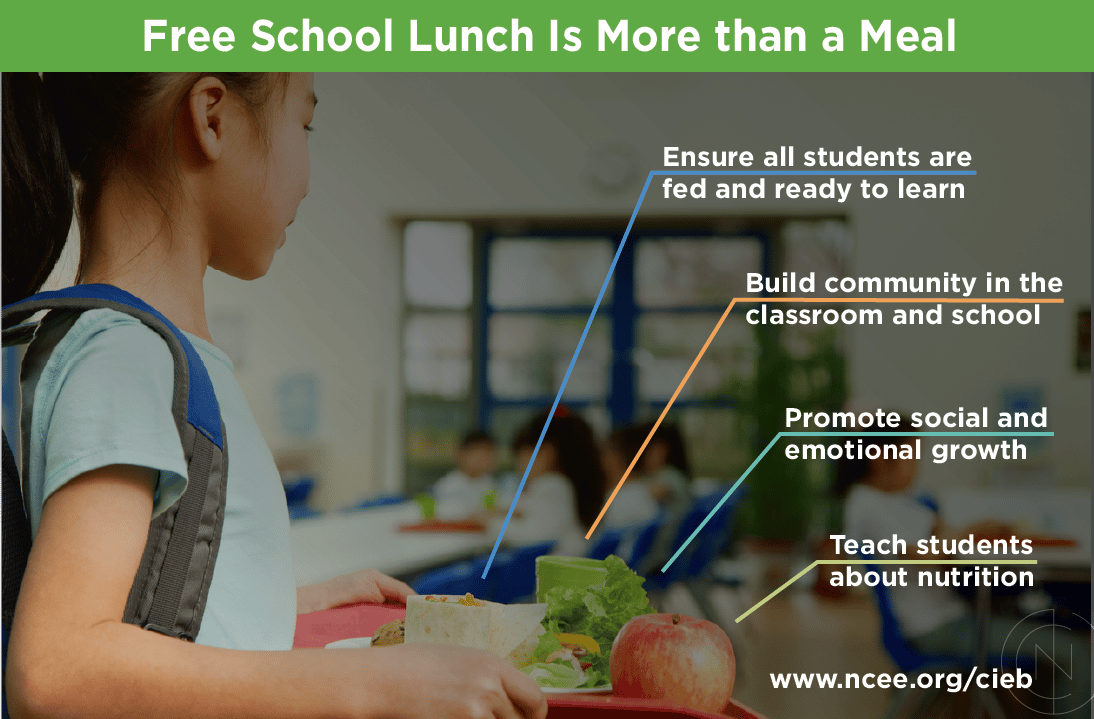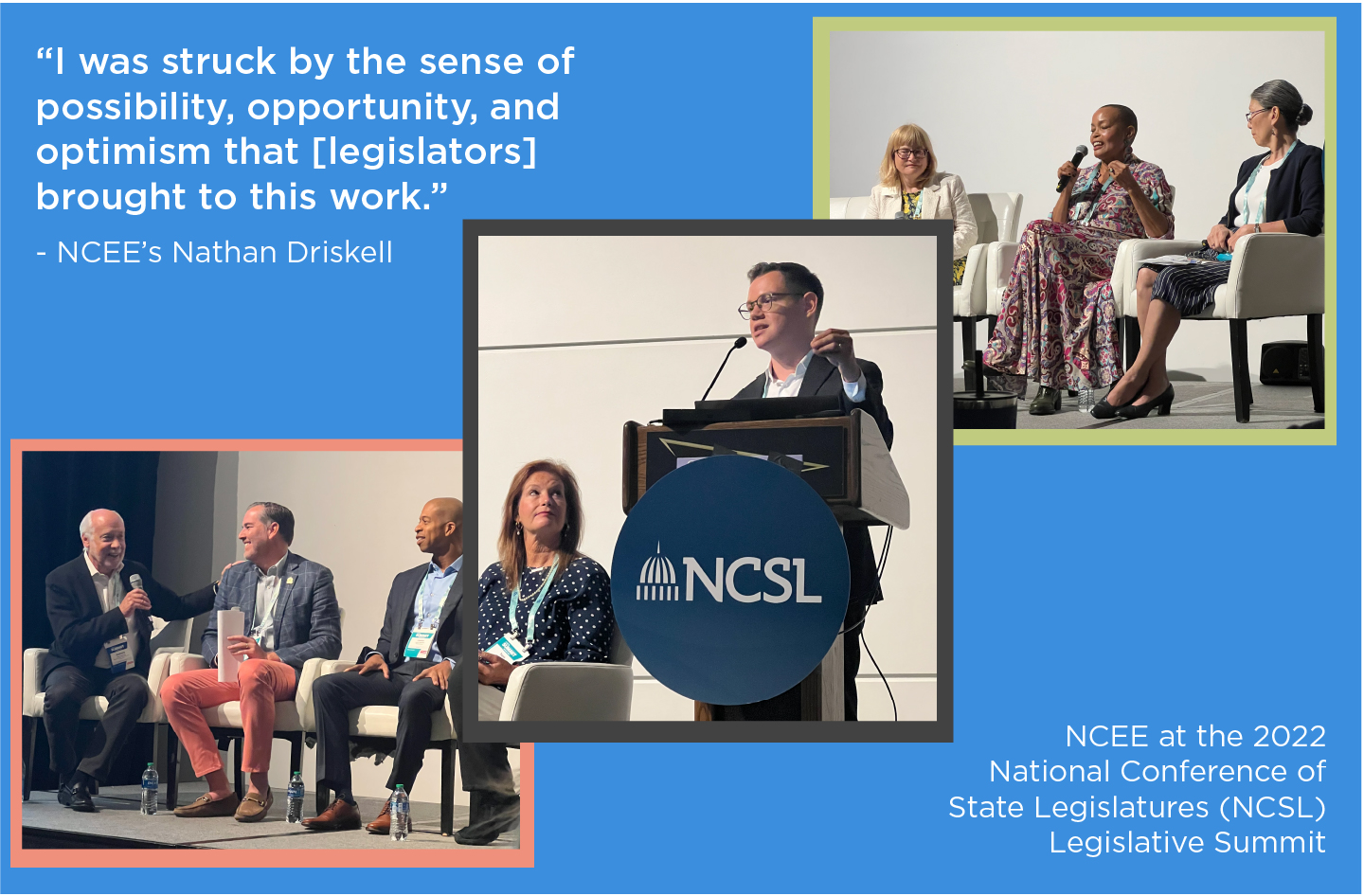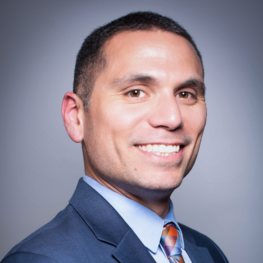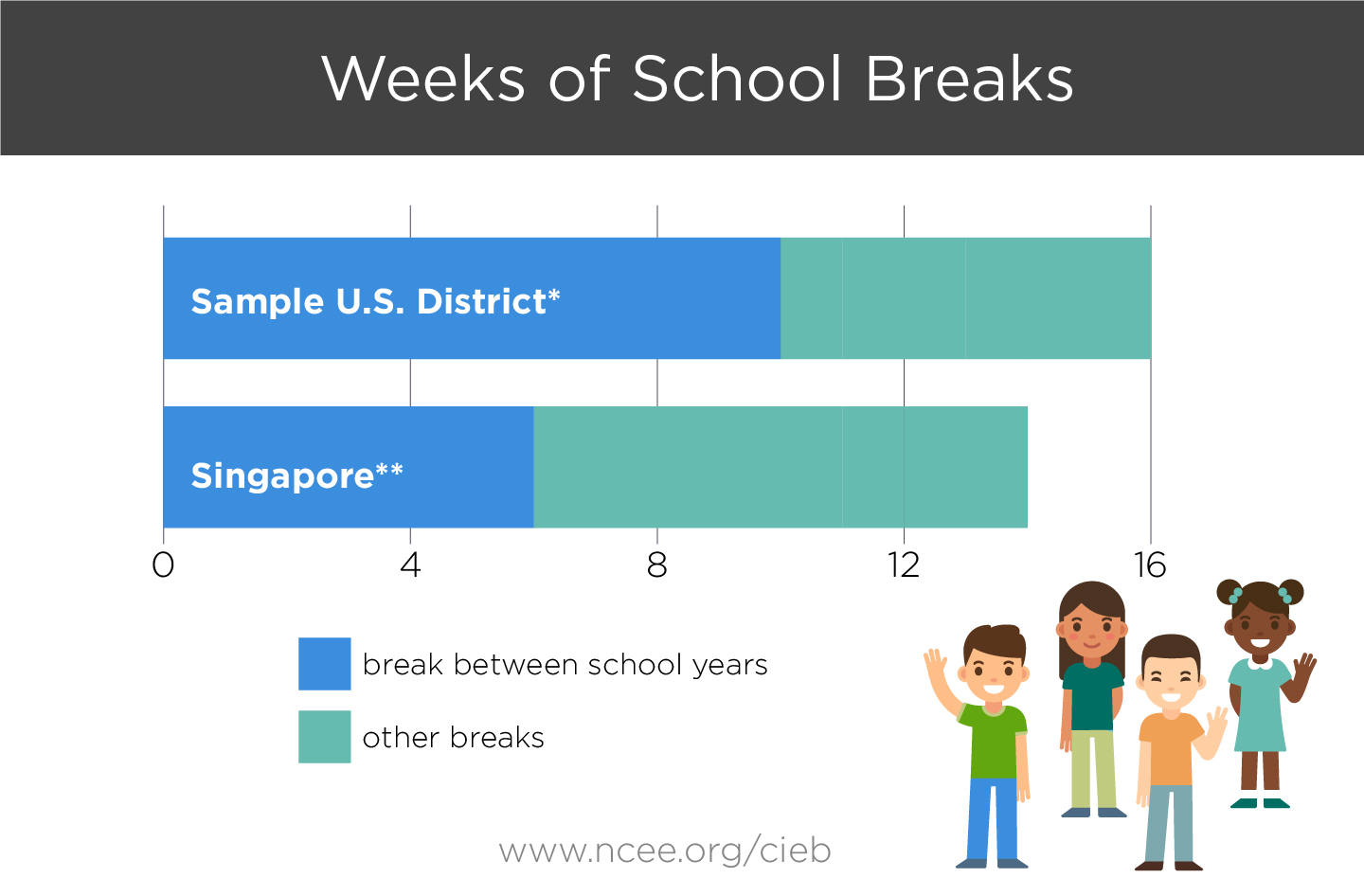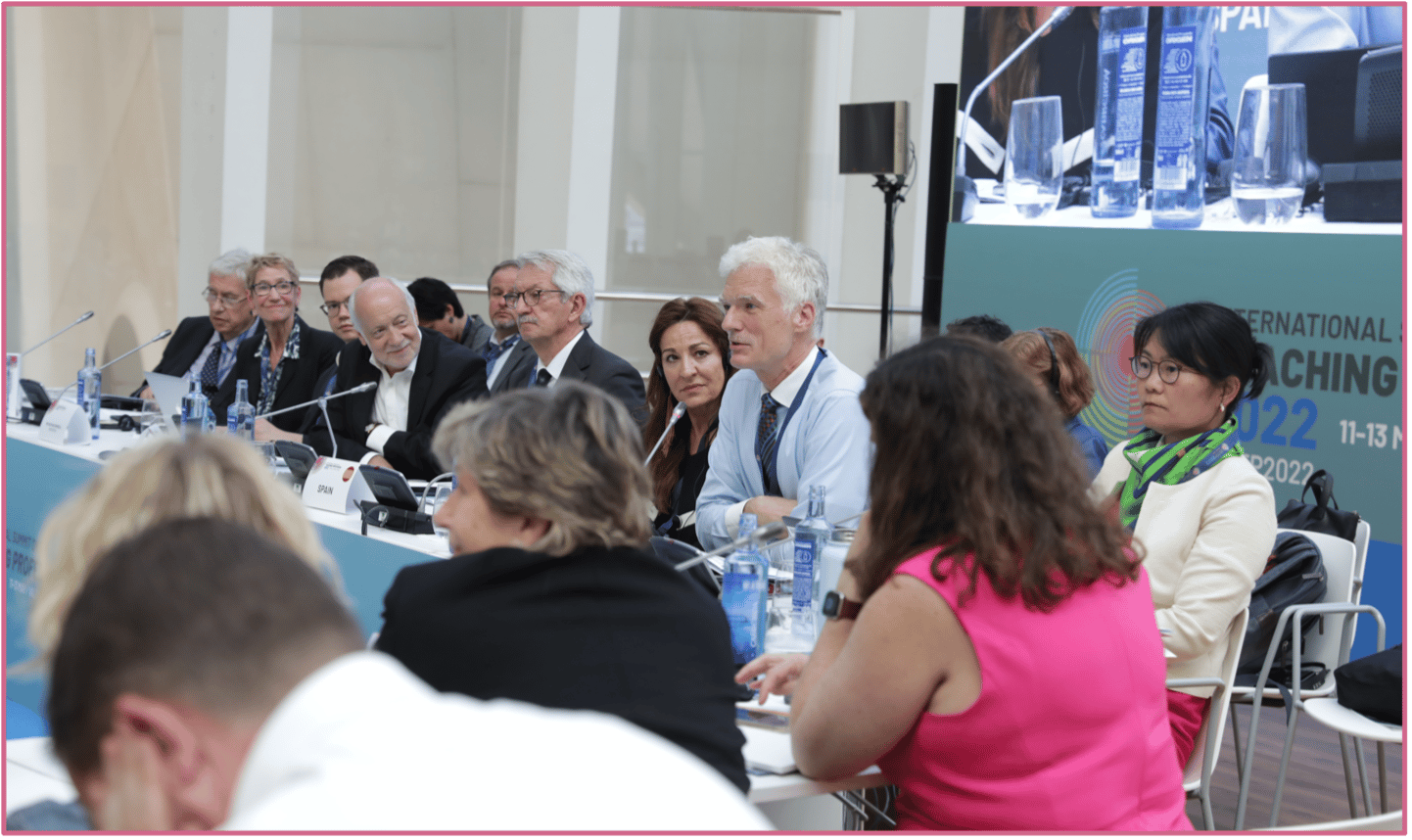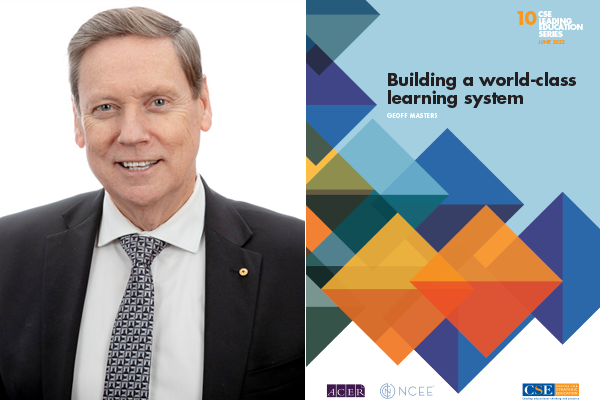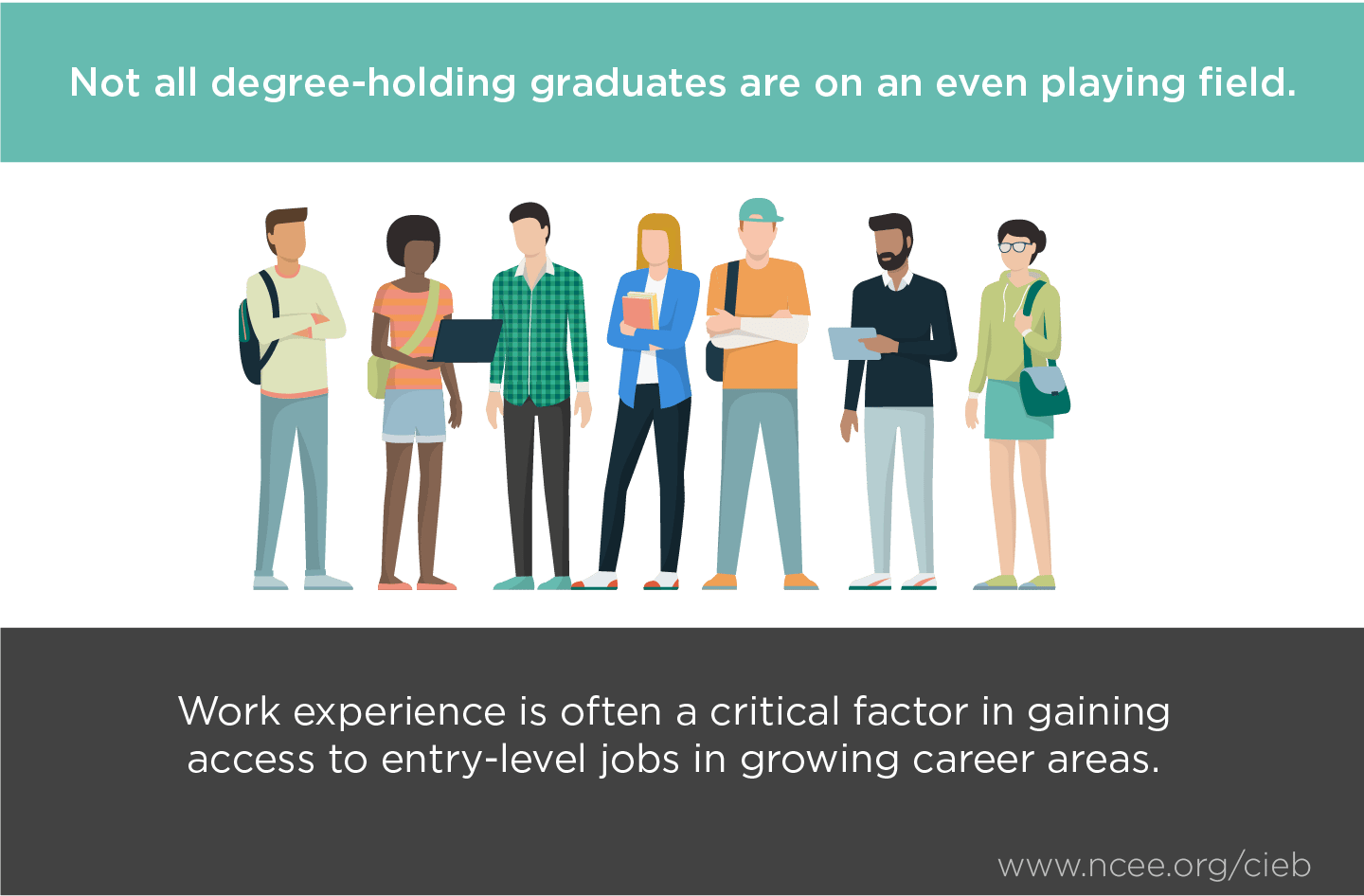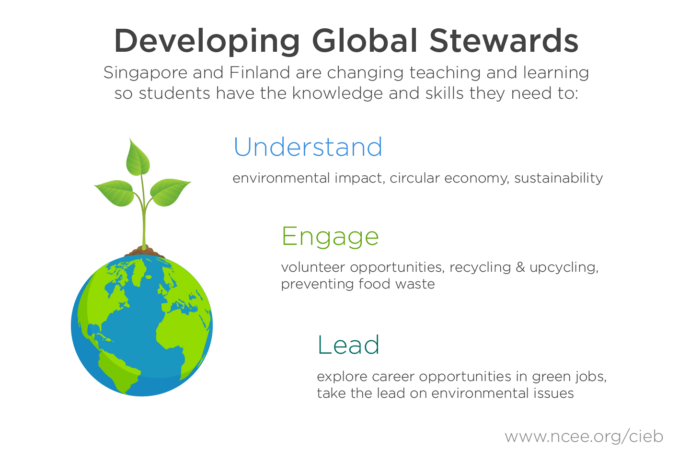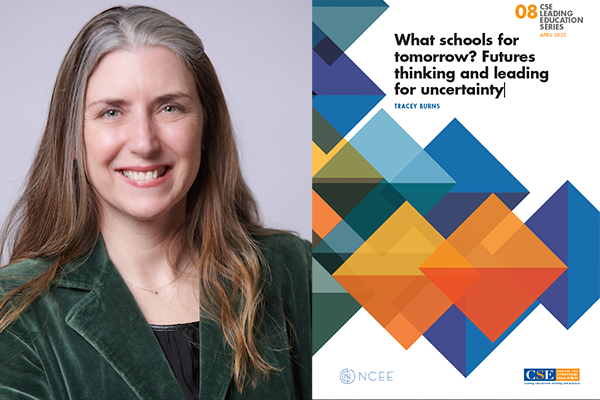Fort Lewis College in Durango, Colorado is shifting the focus from students being college-ready to colleges being student-ready.
From teaching nutrition to building community at school, top-performing education systems understand that free and subsidized school meals have benefits beyond keeping all students fed and ready to learn.
After years of disruption, student motivation in American schools is lower than ever before. What does Estonia, a country whose teens are more enthused for learning, do that U.S. schools can look to?
NCEE and legislators grapple with questions about the future of education systems at the 2022 National Conference of State Legislatures (NCSL) Legislative Summit.
A Las Vegas principal used the upheaval of the pandemic as a chance to ground the school’s professional learning in teacher-led inquiry.
In this report from the 2022 International Summit on the Teaching Profession, NCEE summarizes the latest thinking from high-performing education systems about how schools can responsibly harness new technologies, build more inclusive communities, and help to secure a sustainable future.
Geoff Masters, CEO of the Australian Council for Educational Research (ACER), writes about how five jurisdictions that have performed unusually well on the OECD’s PISA assessment organize their school systems now and how these jurisdictions are aiming to transform their systems to better meet the changing economic and social context.
Disparities in work experience during college between socio-economically advantaged and disadvantaged students impacts how long it takes to secure good jobs.
Countries around the world are grappling with the reality of climate change and what it will mean for the next generation. Singapore and Finland have responded with national plans to rethink how their citizens use resources to foster greater sustainability, including actions that schools can take to better prepare students to take on the challenges ahead of them.
In this interview, Anthony Mackay talks to Tracey Burns about her latest paper “What schools for tomorrow? Futures thinking and leading for uncertainty.”
The pandemic has highlighted the tight connection between early childhood education and care and economic success for families and educational and social success for students. This has led to significant reforms around the world to both expand access to early childhood education and care and improve the quality of available programs.


